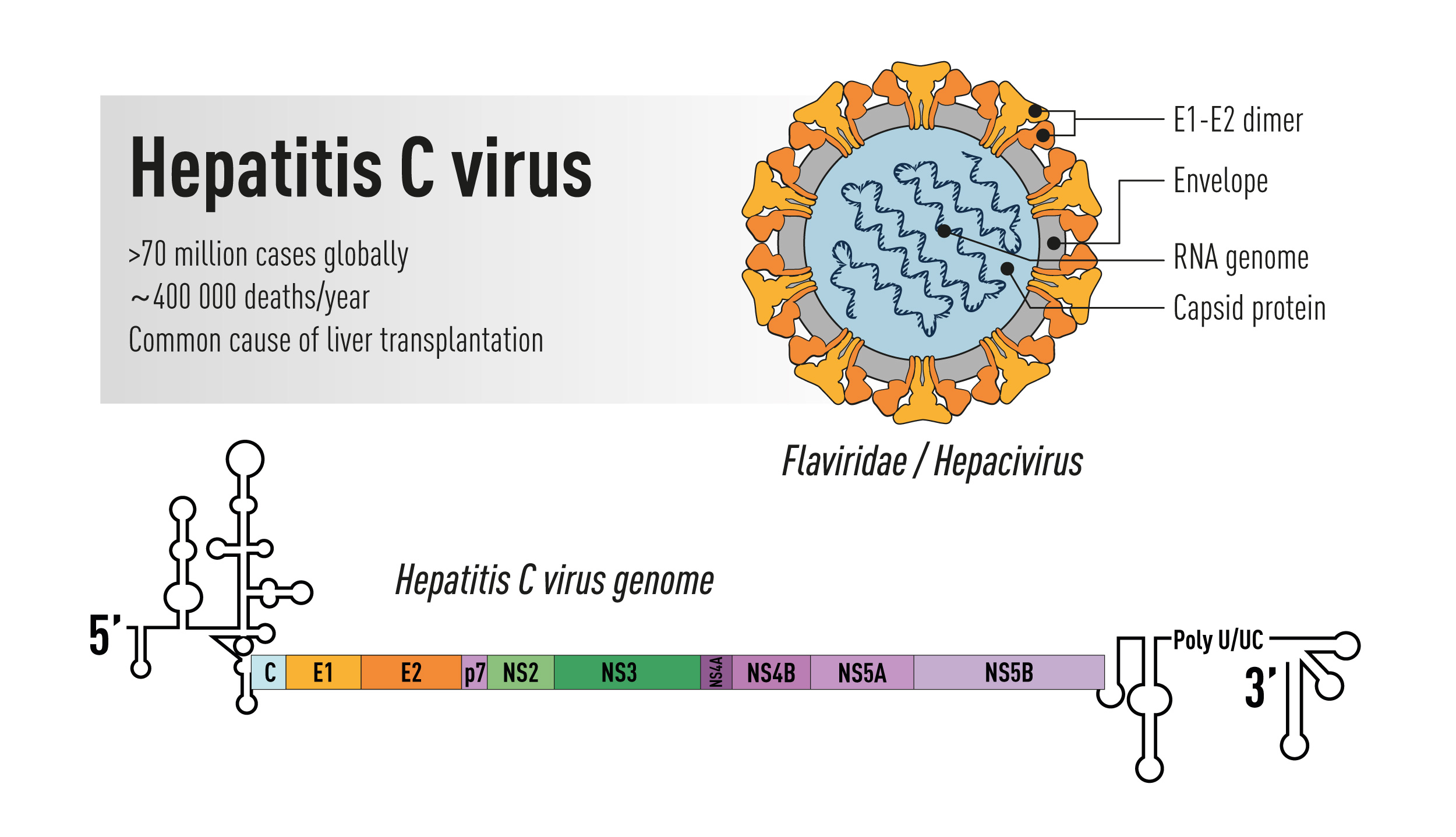Although he also wrote poetry and plays, Unamuno was most influential as an essayist and novelist. If his vigorous and iconoclastic essays have any common theme, it is that of the need to preserve one's personal integrity in the face of social conformity, fanaticism, and hypocrisy. Source: https://www.britannica.com/biography/Miguel-de-Unamuno
Topics: Civics, Civil Rights, Fascism, Human Rights, Politics
When the United States declared war on Germany 100 years ago, the impact on the news business was swift and dramatic.</em>
In its crusade to “make the world safe for democracy,” the Wilson administration took immediate steps at home to curtail one of the pillars of democracy – press freedom – by implementing a plan to control, manipulate and censor all news coverage, on a scale never seen in U.S. history.
Following the lead of the Germans and British, Wilson elevated propaganda and censorship to strategic elements of all-out war. Even before the U.S. entered the war, Wilson had expressed the expectation that his fellow Americans would show what he considered “loyalty."
Immediately upon entering the war, the Wilson administration brought the most modern management techniques to bear in the area of government-press relations. Wilson started one of the earliest uses of government propaganda. He waged a campaign of intimidation and outright suppression against those ethnic and socialist papers that continued to oppose the war. Taken together, these wartime measures added up to an unprecedented assault on press freedom.
How Woodrow Wilson’s Propaganda Machine Changed American Journalism, Christopher B. Daly, Professor of Journalism, Boston University, Smithsonian Magazine
The necessity for the Fairness Doctrine, according to proponents, arises from the fact that there are many fewer broadcast licenses than people who would like to have them. Unlike publishing, where the tools of the trade are in more or less endless supply, broadcasting licenses are limited by the finite number of available frequencies. Thus, as trustees of a scarce public resource, licensees accept certain public interest obligations in exchange for the exclusive use of limited public airwaves. One such obligation was the Fairness Doctrine, which was meant to ensure that a variety of views, beyond those of the licensees and those they favored, were heard on the airwaves. (Since cable’s infrastructure is privately owned and cable channels can, in theory, be endlessly multiplied, the FCC does not put public interest requirements on that medium.)
The Fairness Doctrine had two basic elements: It required broadcasters to devote some of their airtime to discussing controversial matters of public interest and to air contrasting views regarding those matters. Stations were given wide latitude as to how to provide contrasting views: It could be done through news segments, public affairs shows, or editorials.
Formally adopted as an FCC rule in 1949 and repealed in 1987 by Ronald Reagan’s pro-broadcaster FCC, the doctrine can be traced back to the early days of broadcast regulation.
The Fairness Doctrine: How We Lost It, and Why We Need It Back, Steve Rendall, FAIR, 2005
Couple this with the invention of the Internet, Netscape, AOL, Facebook, and Twitter; 24-hour CNN "infotainment," the rise of right-wing talk radio, the creation of Fox by Roger Ailes and MSNBC by Tom Rogers (coincidence): we are a nation in altered states. There is "spin" because of a particular slant of the news one consumes. There didn't use to be when we had three main stations and a UHF channel. It is demonstrable; one side is positioned more clearly in reality and one in abject fantasy. There are echo chambers of truth and echo chasms of fiction. We get exactly what is programmed for us in our selective news feeds. One produces results that can be measured and judged; the other makes us scratch our heads and shrug. We are Pied Piper-ed by The Joker.
It was a matter of time's arrow - Entropy - when we actually got a carnival barker to lead the cuckoo's nest: Arkham Asylum for the Criminally Insane. The only thing that makes sense of their devotion to this devolved Neanderthal: agency. White evangelicals became numerical minorities in 2017. The demographics don't support republicans winning a majority in any future elections: they just can't convince a plurality of voters to buy their 80's "trickle-down" bullshit, and the "loved uneducated" want what Lyndon Baines Johnson observed with "the lowest white man." So you see fake boxes in California, one box per county in Texas; polling places in districts closed, predominately comprised of BIPOC. Paul Weyrich said it "way back when," and it's why I've stated, the "gang of Putin" has always been a criminal enterprise masquerading as a political party. Their patsies are the racists; their constituents are American oligarchs. With the appointment of Amy Coney Barrett, they are preparing for minority rule, not unlike South African Apartheid.
“We were keeping our eye on 1984. When the year came, and the prophecy didn't, thoughtful Americans sang softly in praise of themselves. The roots of liberal democracy had held. Wherever else the terror had happened, we, at least, had not been visited by Orwellian nightmares.
"But we had forgotten that alongside Orwell's dark vision, there was another - slightly older, slightly less well known, equally chilling: Aldous Huxley's Brave New World. Contrary to common belief even among the educated, Huxley and Orwell did not prophesy the same thing. Orwell warns that we will be overcome by an externally imposed oppression. But in Huxley's vision, no Big Brother is required to deprive people of their autonomy, maturity, and history. As he saw it, people will come to love their oppression, to adore the technologies that undo their capacities to think.
"What Orwell feared were those who would ban books. What Huxley feared was that there would be no reason to ban a book, for there would be no one who wanted to read one. Orwell feared those who would deprive us of information. Huxley feared those who would give us so much that we would be reduced to passivity and egoism. Orwell feared that the truth would be concealed from us. Huxley feared the truth would be drowned in a sea of irrelevance. Orwell feared we would become a captive culture. Huxley feared we would become a trivial culture, preoccupied with some equivalent of the feelies, the orgy porgy, and the centrifugal bumble-puppy. As Huxley remarked in Brave New World Revisited, the civil libertarians and rationalists who are ever on the alert to oppose tyranny "failed to take into account man's almost infinite appetite for distractions." In 1984, Huxley added, people are controlled by inflicting pain. In Brave New World, they are controlled by inflicting pleasure. In short, Orwell feared that what we hate will ruin us. Huxley feared that what we love will ruin us. This book is about the possibility that Huxley, not Orwell, was right.”
Amazon.com:
"Amusing Ourselves to Death: Public Discourse in the Age of Show Business,"
"How to Watch TV News: Revised Edition"
Neil Postman




